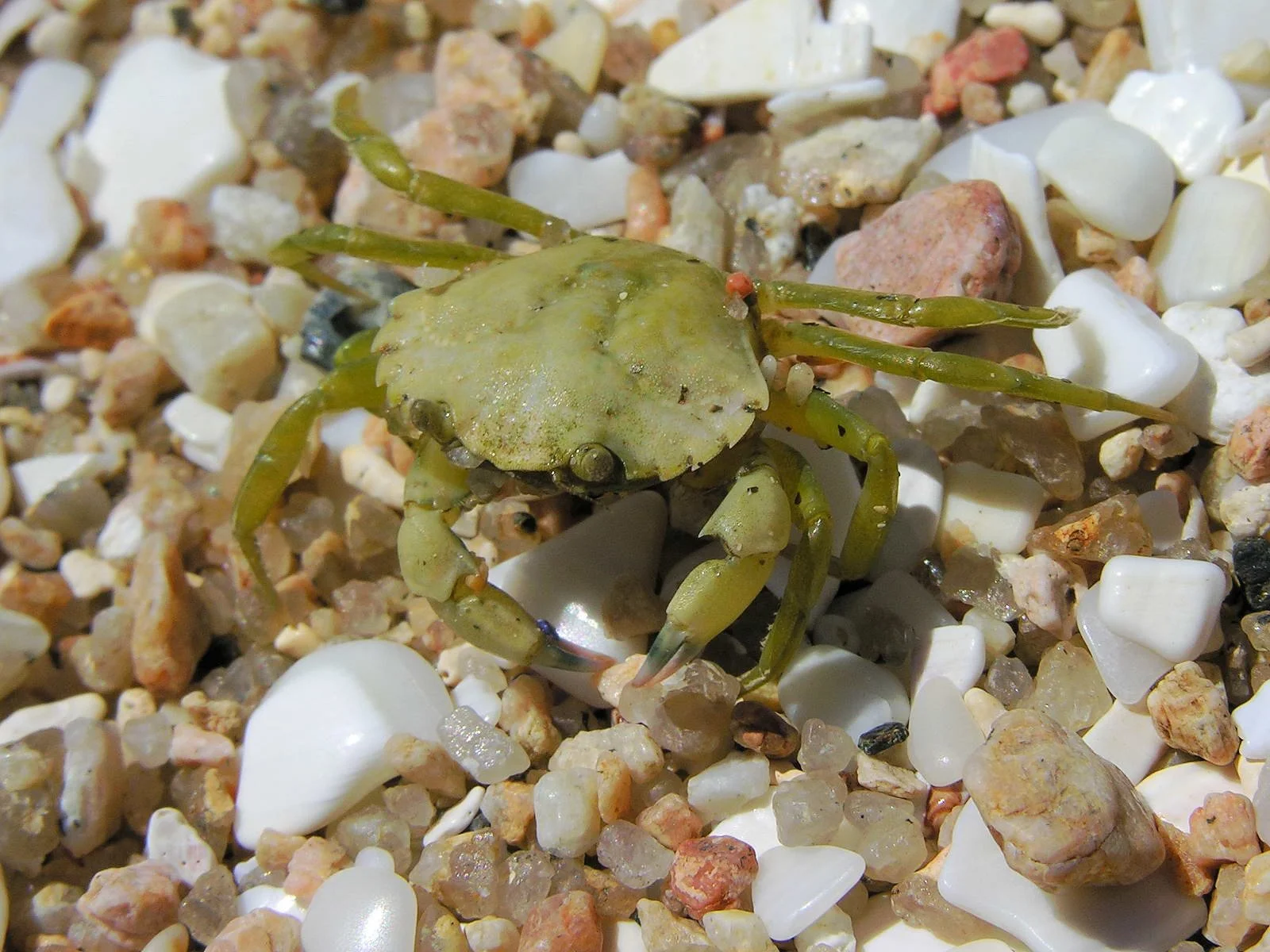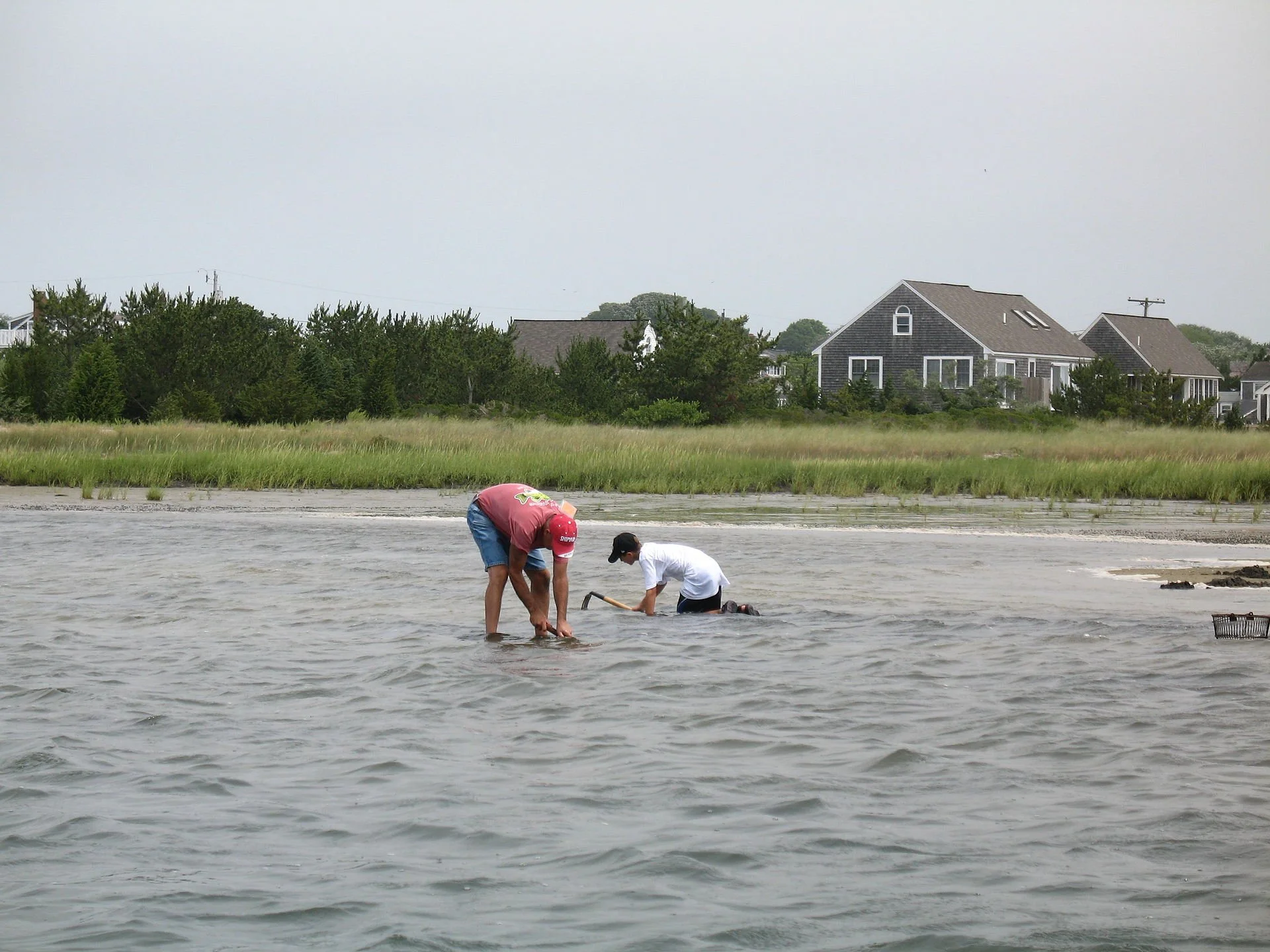The great invasion
Text from article by Frank Carini in ecoRI news
A worldwide scientific intergovernmental group on biodiversity, which included a professor from the University of Rhode Island, provides evidence of the global spread and destruction caused by invasive alien species and recommends policy options to deal with the challenges of biological invasions.
The comprehensive report, released Sept. 4 by the Intergovernmental Science-Policy Platform on Biodiversity and Ecosystem Services for the United Nations, found the threat posed by invasive species introduced into new ecosystems is “enormous.”
In 2019, invasive species caused an estimated $423 billion in damages to nature, food sources, and human health. These alien invaders have also contributed to 60% of recorded animal and plant extinctions, and were the sole factor in 16% of extinctions, according to the report.
“This is the first global report on invasive alien species anywhere,” said Laura Meyerson, a URI professor in natural resources science and a contributing lead author on the report. “It’s truly an effort of scientists from around the world. The data touch on every world region, every biome and all major taxa — plants, vertebrates, invertebrates, micro-organisms, fungi.”
Invasive species pose to a threat biodiversity, ecosystem services, and human well-being. The report is designed to raise public awareness to “underpin action to mitigate the impacts of invasive alien species.”
To read the whole article, please hit this link.
If you can find them (with video)
Dish of steamers in Gloucester, Mass.
Photo by Paul Keleher
“Today, no summer is really perfect for the New Englander until, napkin under chin, he has eaten his fill of fresh steamed clams, dipped in broth and then in melted butter.’’
From Secrets of New England cooking (1947), by Ella Shannon Bowles and Dorothy S. Towle
That was then. Now it’s hard to find “steamers” (soft-shell clams) because invasive green crabs devour young clams.
'Closer to bronze'
Green crab
''Not, exactly, green:
closer to bronze
preserved in kind brine,
something retrieved
from a Greco-Roman wreck,
patinated and oddly
muscular....''— From “A Green Crab’s Shell,’’ by Mark Doty.
Editor’s note: Green crabs are devastating parts of the New England shellfish industry.






